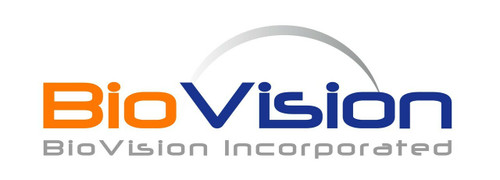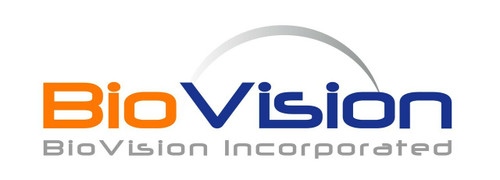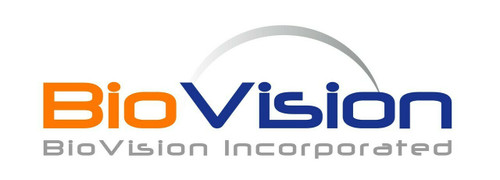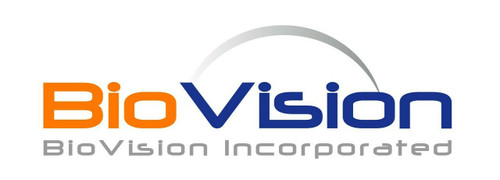Product Description
TEK, or TIE-2, is an endothelial cell-specific receptor tyrosine kinase (RTK) that is known as a functioning molecule of vascular endothelial cells. TEK comprises a subfamily of RTK with TIE, and these two receptors play critical roles in vascular maturation, maintenance of integrity and remodeling. Tie1 and Tie2 are expressed primarily on endothelial and hematopoietic progenitor cells and play critical roles in angiogenesis, vasculogenesis, and hematopoiesis. Tie2 may play a role in a range of diseases with a vascular component, including neovascularization of tumors, psoriasis and inflammation. Mutations in the Tie2 gene are associated with dominantly inherited venous malformations (VMCM). Tie2 is required for normal angiogenesis and heart development during embryogenesis, and for post-natal hematopoiesis. Tie2 may activate or inhibit angiogenesis, depending on the context. Tie2 may have anti-inflammatory effects by preventing the leakage of proinflammatory plasma proteins and leukocytes from blood vessels.
Biovision | P1643 | Human CellExp™Tie2Protein, Human Recombinant DataSheet
Biomolecule/Target :
Synonyms: VMCM,TEK,Recombinant Human Tie2,hTIE2,p140 TEK,VMCM1,TIE-2,CD202b,Tie2
Alternates names: VMCM,TEK,Recombinant Human Tie2,hTIE2,p140 TEK,VMCM1,TIE-2,CD202b,Tie2
Taglines: Human protein with His tag
NCBI Gene ID #: 7010
NCBI Gene Symbol:
Gene Source: Human
Accession #: NP_000450.2; Q02763
Recombinant: TRUE
Source: HEK 293 Cells
Purity by SDS-PAGE: ≥ 97% by SDS-PAGE
Assay:
Purity:
Assay #2:
Endotoxin Level:
Activity (Specifications/test method):
Biological activity:
Results:
Binding Capacity:
Unit Definition:
Molecular Weight: 130-140 kDa
Concentration:
Appearance: Sterile Filtered colorless solution
Physical form description: Solid
Reconstitution Instructions: Reconstitute to a concentration of 0.1-0.5 mg/mL in sterile distilled water.
Amino acid sequence: The target protein is expressed with sequence (Ala23-Lys745) of human Tie2/CD202b/TEK
Handling: Centrifuge the vial prior to opening.
Usage: For Research Use Only! Not to be used in humans
 Euro
Euro
 USD
USD
 British Pound
British Pound
 NULL
NULL








